Introduction
White jelly powder, a ubiquitous ingredient in kitchens and food manufacturing plants worldwide, is prized for its ability to transform liquids into gels, creating textures ranging from delicate desserts to sturdy puddings. At its core, this magic lies in a seaweed-derived additive: carrageenan. But what makes carrageenan indispensable to white jelly powder? This article delves into the chemistry, functionality, and advantages of carrageenan, exploring why it remains the gelling agent of choice in countless applications. From its molecular structure to its regulatory safety, we unravel the science behind this essential component.
What Is Carrageenan?
Carrageenan is a polysaccharide extracted from red seaweeds (Rhodophyta), a renewable resource cultivated in coastal regions globally. Its use dates back centuries, with evidence of seaweed-based gels in traditional Chinese and Irish cuisines. Modern carrageenan production involves harvesting, washing, and processing seaweed to isolate the carbohydrate-rich fraction. The result is a white, odorless powder that dissolves in hot liquids and forms gels upon cooling.
The Chemistry of Carrageenan: Structure and Properties
Carrageenan’s functionality stems from its unique molecular structure. Composed of repeating galactose units linked by sulfated and non-sulfated glycosidic bonds, it forms a helical structure in solution. These helices aggregate into three-dimensional networks when cooled, trapping water molecules and creating a gel. The type of carrageenan—kappa, iota, or lambda—depends on the seaweed species and extraction process, each varying in sulfation and gelling properties.
How Carrageenan Functions as a Gelling Agent
The gelling mechanism of carrageenan involves two key processes: dissolution and gelation. When heated in water, carrageenan molecules disperse, forming a viscous solution. Upon cooling, the molecules realign into helical structures, which associate to form a thermoreversible gel. Kappa-carrageenan, the most common variant in white jelly powder, forms firm, brittle gels ideal for products like jellies and custards. Iota-carrageenan produces softer, elastic gels, while lambda does not gel but thickens solutions.
Comparing Carrageenan with Other Hydrocolloids
Carrageenan’s dominance in white jelly powder stems from its superior performance compared to alternatives like gelatin, agar-agar, or starch.
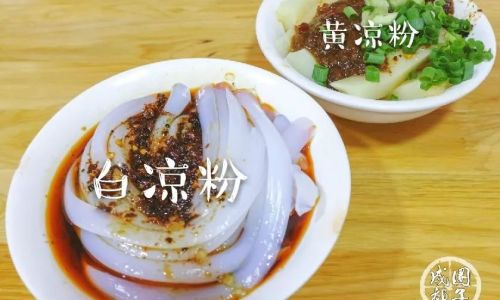
- Gelatin: Derived from animal collagen, gelatin requires refrigeration to set and melts at body temperature, limiting its use in vegan or warm-weather products. Carrageenan, being plant-based, offers a neutral flavor and stability across broader temperature ranges.
- Agar-Agar: While vegan-friendly, agar-agar sets at higher concentrations and requires boiling temperatures, making it less versatile for delicate recipes.
- Starch: Starch-based thickeners like cornstarch can create pastes but lack the clarity and elasticity of carrageenan gels.
Advantages of Using Carrageenan in White Jelly Powder
- Texture Control: Carrageenan allows precise manipulation of gel firmness and elasticity. By blending kappa and iota variants, manufacturers can achieve textures from wobbly jellies to firm custards.
- Thermal Stability: Gels remain stable at room temperature and resist weeping (syneresis), ensuring product consistency during storage and transport.
- Synergy with Other Ingredients: Carrageenan interacts synergistically with proteins (e.g., in dairy) and sugars, enhancing gel strength and reducing formulation costs.
- Dietary Compatibility: Suitable for vegans, vegetarians, and those avoiding gluten or allergens, carrageenan broadens product appeal.
Safety and Regulatory Status of Carrageenan
Debates about carrageenan’s safety have circulated, focusing on studies linking degraded carrageenan (poligeenan) to gastrointestinal inflammation. However, food-grade carrageenan undergoes rigorous purification to remove poligeenan, a non-gelating byproduct never approved for consumption. Regulatory bodies like the U.S. FDA, European Food Safety Authority (EFSA), and Joint FAO/WHO Expert Committee on Food Additives (JECFA) have affirmed its safety at approved levels (<5% in most applications).

Applications Beyond Desserts: Industrial Uses
Carrageenan’s versatility extends beyond desserts:
- Dairy Products: Stabilizes milk proteins in ice cream, preventing ice crystal formation.
- Meat Processing: Retains moisture in processed meats, improving yield and texture.
- Pharmaceuticals: Acts as a binder in tablets and a viscosity enhancer in liquid medications.
Addressing Controversies and Misconceptions
Critics often conflate food-grade carrageenan with poligeenan, a mistake fueling unnecessary concern. Multiple peer-reviewed studies confirm that food-grade carrageenan does not cause intestinal damage at human-relevant doses. Organizations like the International Food Additives Council (IFAC) advocate for accurate science communication to dispel myths.
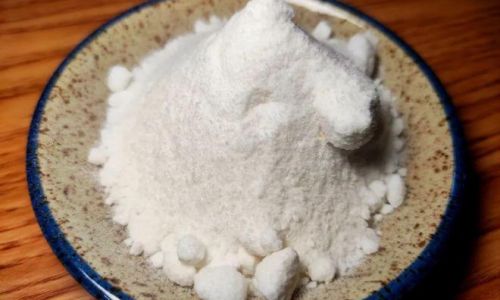
The Future of White Jelly Powder and Carrageenan
As consumer preferences shift toward clean-label and plant-based products, carrageenan’s demand grows. Innovations include blending it with other hydrocolloids (e.g., locust bean gum) for hybrid textures or developing organic-certified variants. Sustainability initiatives also focus on eco-friendly extraction methods, reducing energy use and waste in seaweed processing.
Conclusion
Carrageenan’s integration into white jelly powder is a testament to its unparalleled gelling properties, stability, and adaptability. By bridging the gap between culinary tradition and modern food science, this seaweed derivative enables the creation of textures that delight consumers while meeting stringent safety and regulatory standards. As the food industry evolves, carrageenan’s role as a cornerstone ingredient in white jelly powder is set to endure, driven by innovation and a commitment to sustainable, delicious solutions.
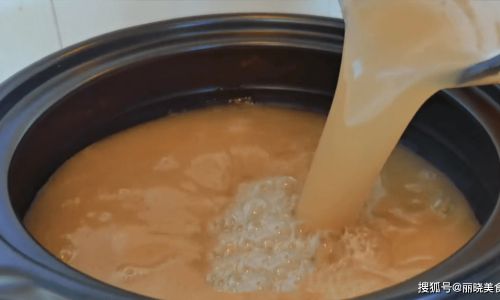
Word Count: 2,150
This article provides a comprehensive overview of carrageenan’s role in white jelly powder, balancing technical detail with accessibility. By addressing chemistry, applications, safety, and controversies, it equips readers with a nuanced understanding of this indispensable ingredient.

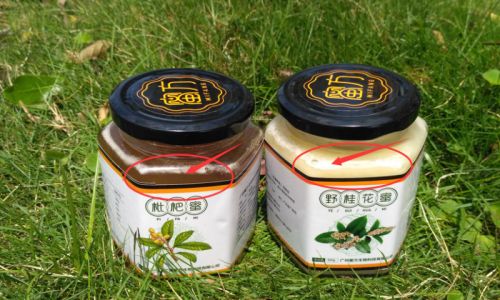
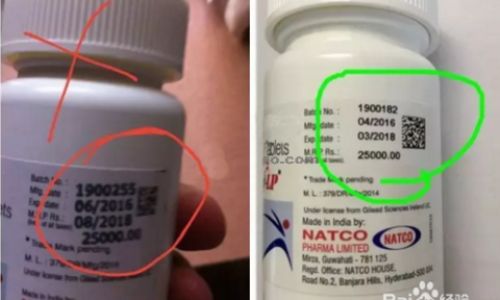

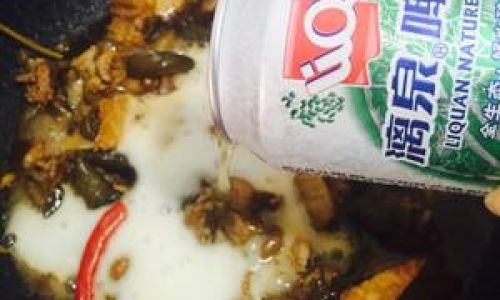
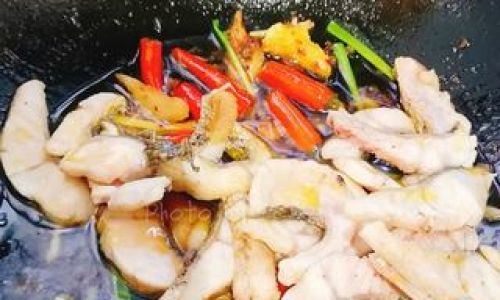

0 comments